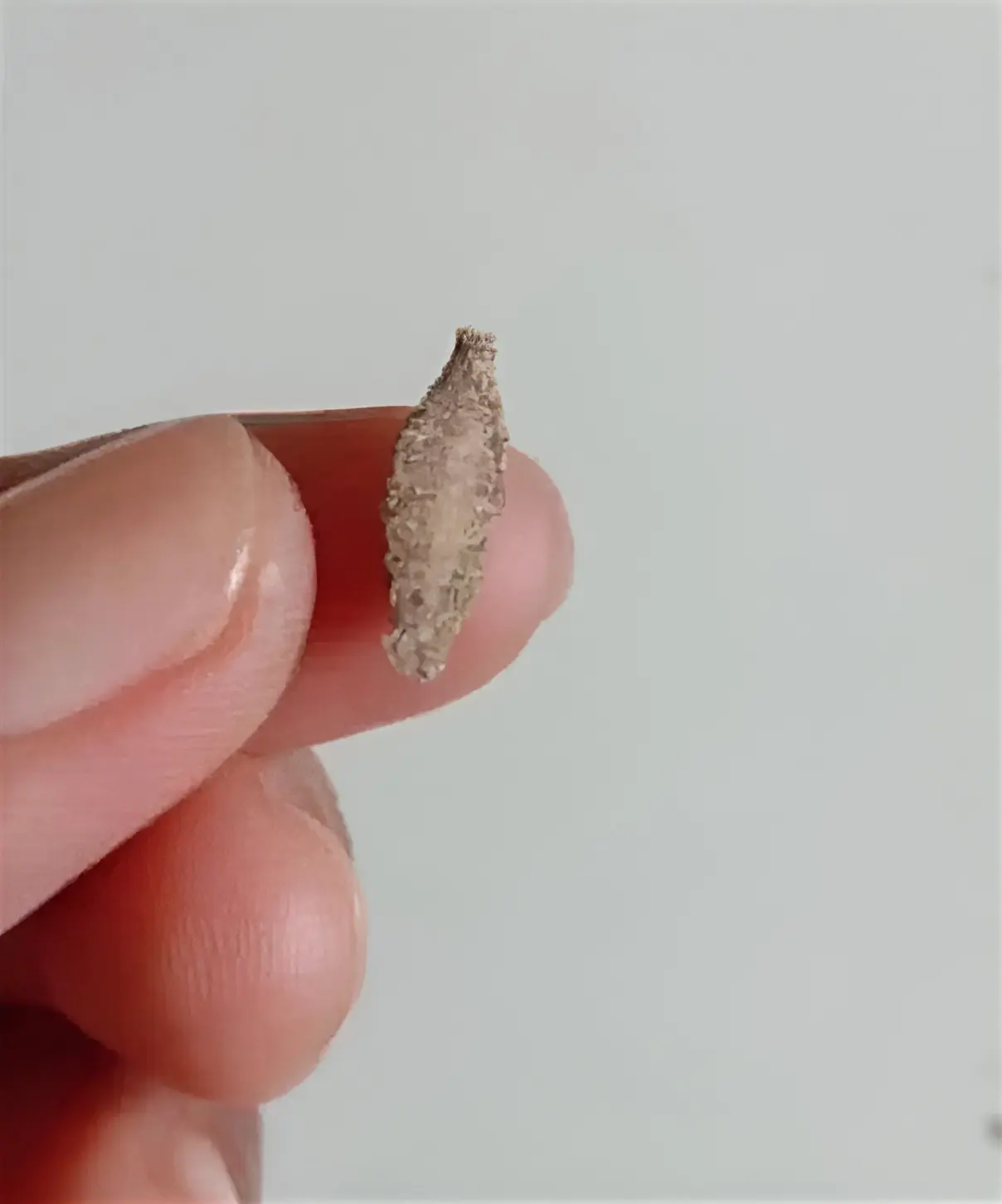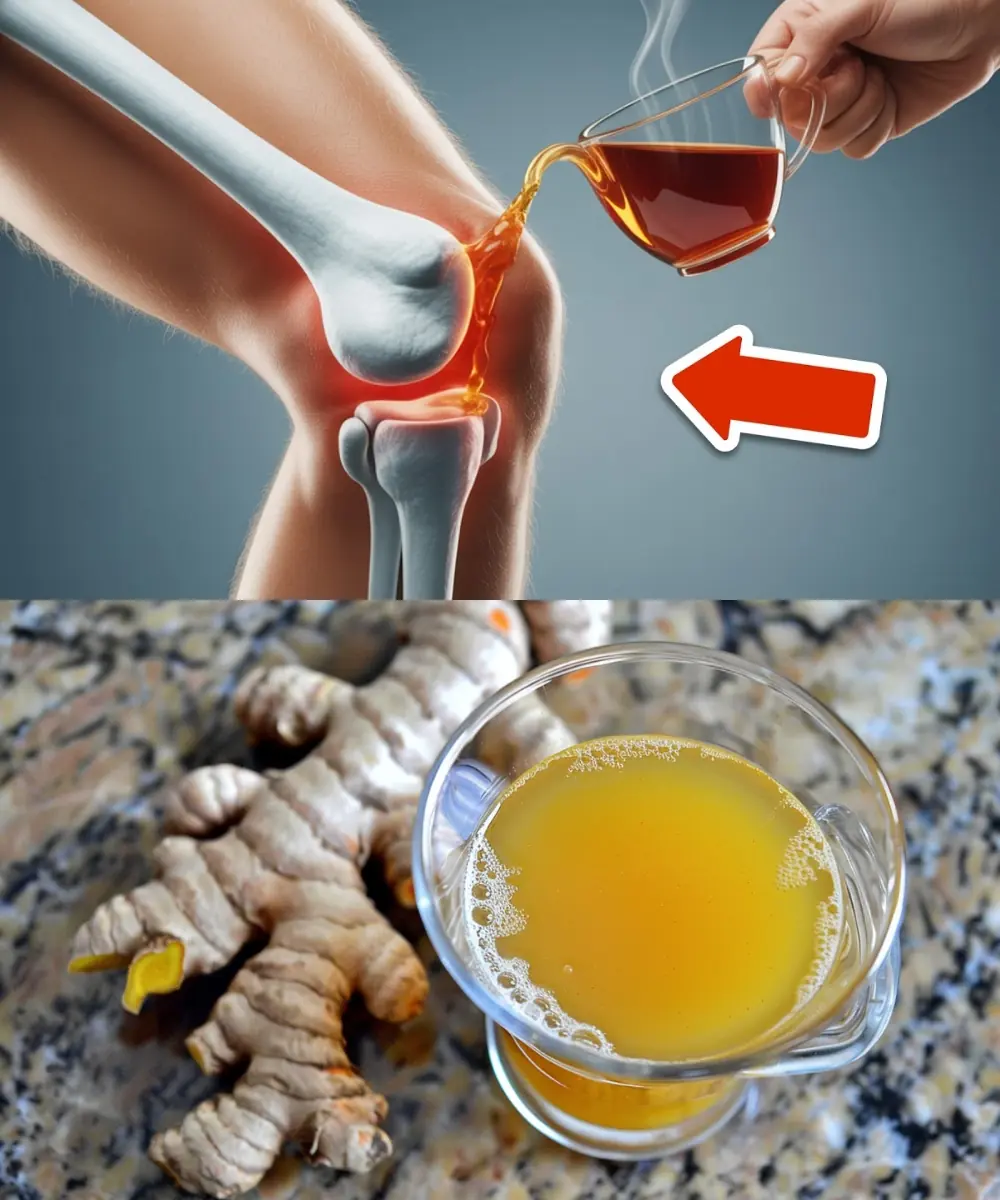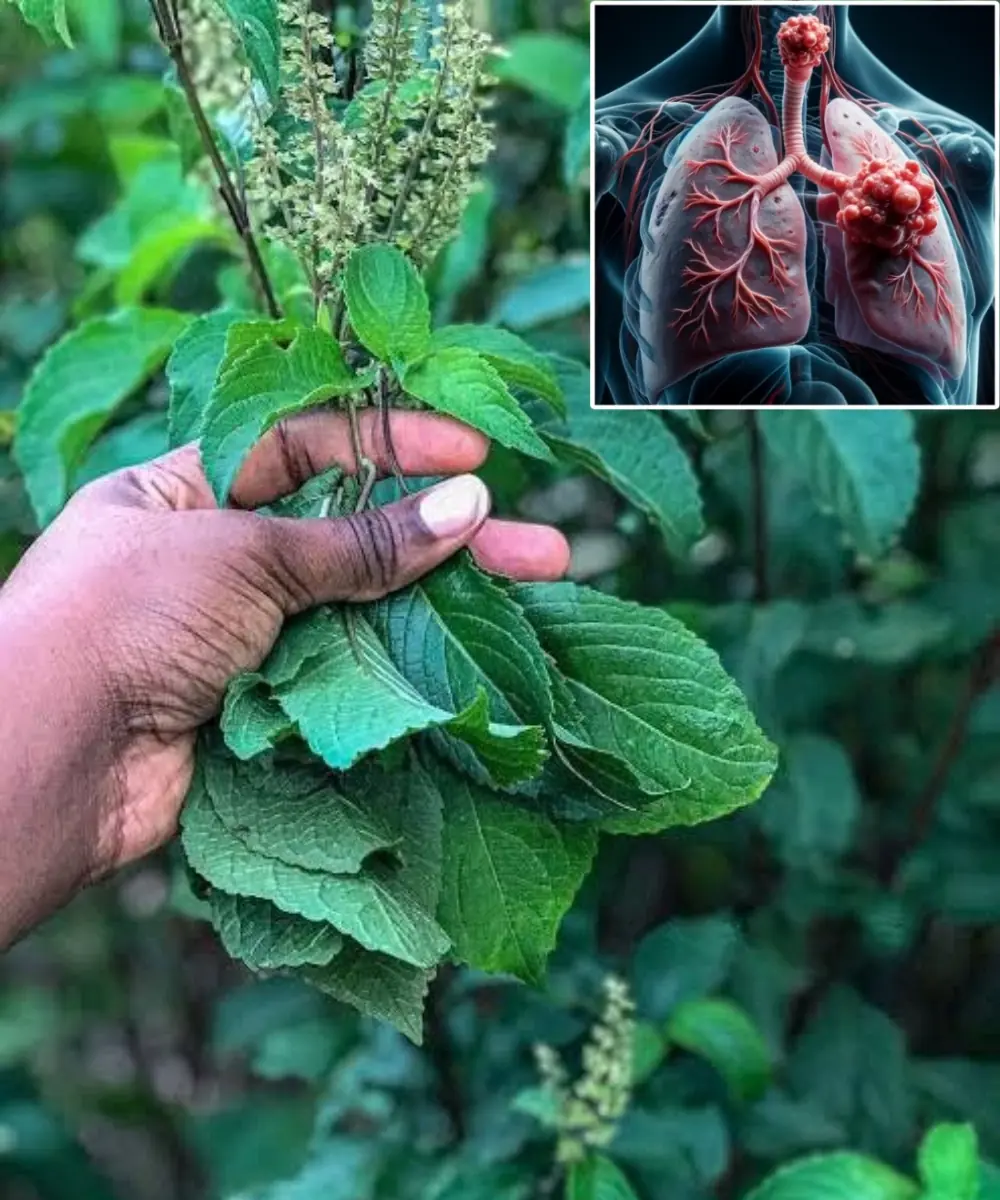
Ever Seen This Creepy Wall-Clinging Moth? Meet the Kamitetep

Some insects turn out to be surprisingly tolerable “housemates.” For example, many spiders help control pests indoors without causing trouble. However, other insects carry venom or invade food, bedding, or the structure of your home. Phereoeca uterella is a moth species that thrives in tropical climates and feeds on a variety of household materials such as wool and silk. When the weather turns hot, watch out for these creatures—known in Javanese as kamitetep—and learn how to protect your home from them.
“Plaster Bagworms” and “Household Casebearers”
The kamitetep is the source of much naming confusion. This moth belongs to the Tineidae family, scientifically identified as Phereoeca uterella. They’re also called “plaster bagworms” and “household casebearers,” though some experts believe “household casebearers” actually refers to a different species, Phereoeca allutella. Regardless of the name, no one wants to see them “setting up camp” inside their living space.
Kamitetep and Their Protective Cases
Interestingly, the kamitetep is better known in its larval stage than as an adult moth. The larvae live inside gray, flattened cases, which they carry around like a shield while foraging for food. When it’s time to pupate, the larva transforms this case into a cocoon where it remains until emerging as an adult moth, according to EDIS. Some people only notice a problem when they find a case with a developing moth inside—or an empty one, which can be unsettling. These cases often blend into garden surroundings, making early detection difficult.
Life Stages
Kamitetep moths go through four life stages: egg, larva, pupa, and adult, according to Native Pest Management. Females lay clusters of tiny eggs in hidden spots to improve survival rates. Once hatched, larvae begin feeding and constructing their portable cases, molting several times before entering the pupal stage. In the pupal stage, they remain hidden inside their cases until emerging as adults. Adult kamitetep moths measure about 1.3 cm (half an inch) and are covered in gray-brown scales.
Diet
These insects prefer warm, humid climates and are often found in closets, basements, gardens, garages, and attics. They feed on a wide range of organic materials, including dust, feathers, wool, spiderwebs, hair, dead insects, lint, silk, paper, and plant debris. Interestingly, they dislike cotton, according to Free Malaysia Today. This species can chew through household items like clothing, carpets, upholstery, or important documents—making them unwelcome visitors.
Where They Hide
If you suspect kamitetep in your home, check storage areas, especially cardboard boxes, fabric storage like linen closets, and carpets. Look for small, tubular cases attached to walls or ceilings. Occasionally, you may spot worm-like larvae crawling near their cases. Like many other moth species, they are attracted to lights, so areas near light sources deserve special attention.
How to Remove Kamitetep From Your Home
Since they are attracted to natural materials, the first step is a thorough spring cleaning: vacuum carpets, furniture, and areas like closets, attics, and basements—especially corners and damp spots. Next, seal all cracks and gaps with caulk or weatherstripping around doors and windows to prevent entry. Use a dehumidifier to reduce moisture levels, making the environment less hospitable. And if you find cases, remove them immediately.
How to Prevent a Kamitetep Infestation
Moths are drawn to food sources and will move on if nothing is available. Therefore, clean regularly to minimize dust and debris; store food in sealed containers; and promptly dispose of crumbs and waste. Don’t panic if you see signs of kamitetep—they may just be passing through in search of food. Keep monitoring to prevent them from establishing a permanent presence.
If an Infestation Occurs
If cleaning and dehumidifying don’t solve the problem, consider using insecticidal sprays or contacting professional pest control services. Fortunately, they don’t directly harm humans or pets, but they can damage household items and spread quickly. Also, let the pest control team know if your home has a spider problem—spiderwebs are one of their favorite food sources.
News in the same category


The Windows 10 Wallpaper That Was Shockingly Real

Olympic Medal Turned Into a Miracle: The Selfless Act of Maria Andrejczyk

A Little Boy’s Silent Prayer That Touched the World

Bullied 7-Year-Old Boy Finds a Kindred Spirit in Cat With the Same Rare Conditions

Single Dad in Thailand Dresses as Mom to Support His Daughter

Man With Facial Disfigurement Asked to Leave Restaurant Before Sitting Down

She Had 43 Cosmetic Procedures To Become A Barbie Doll – Critics Say She Looks Like A ‘Zombie’

She believed it was just an ordinary photo — but zooming in revealed a shocking truth that turned her world upside down

Newly married couple tragically discovered dead in their car just weeks before celebrating their first anniversary

Sleeping Trick? Why Sticking One Foot Out Actually Works

Two best friends died hand in hand in an accident right before prom night

Divorce warning signs you might be ignoring

🌱 UBC Scientists Develop the World’s First Mushroom-Powered Waterless Toilet

Elon Musk: Building a Thriving Mars Colony Means 100,000 People, 1 Million Tons of Cargo and a Mission Beyond Just Arrival

October 21: Rare Green Comet Meets Orionid Meteor Shower in a Double Cosmic Spectacle

Indian Engineers Win Ig Nobel Prize for UV Shoe Rack That Kills Bacteria and Eliminates Odor

Nobel Prize 2025: Breakthrough Discovery Reveals How the Immune System Knows When to Stop Attacking Itself

GE’s Haliade-X: The World’s Most Powerful Wind Turbine Revolutionizing Clean Energy

Google Grants a Special Birthday Wish from a Little Girl
News Post

WHAT HAPPENS WHEN WE TONGUE KISS…See more

Nature’s Secret: 4 Healing Leaves That Support Metabolism, Immunity & Circulation Naturally

Don’t Drink Coconut Water Before You Know These 11 Secrets!

Pumpkin Seed Milk — The Natural Parasite Cleanser

Fast Rice Water Trick for a Brighter Smile

Morning Drink to Revive Your Kidneys Fast

The Onion Recipe That Could Transform Your Blood Sugar, Support Cleaner Arteries, and Protect Your Heart!

Top 4 Fruits That Help Your Kidneys Flush Out Toxins While You Sleep

Ginger, Clove, and Honey: The Natural Trio Your Body Will Thank You For

Heal 15 Years of Joint Pain Naturally with Turmeric and Honey Tea

This Juice Revived My Grandma’s Energy — Say Goodbye to Fatigue and Body Pain with This Natural Recipe

The Benefits of Eating 2 Boiled Eggs Every Morning: Transform Your Health!

If Your Kidneys Are in Danger, Your Body Will Send You These 8 Signals — Don’t Ignore Them

The Surprising Effects of Avocado on Your Heart and Brain

Ways to Get Over a Man Who Didn’t Value You

I’m 66 but Look 36 — My Secret? Aloe Vera & Ginger for Firm, Smooth Skin

How to Make Okra Water to Treat 17 Health Problems Naturally

Banana and Egg Mask to Look Younger Even in Your 80s

Scent Leaf Secrets Unveiled: 10 Surprising Health Benefits of This Miracle Herb
